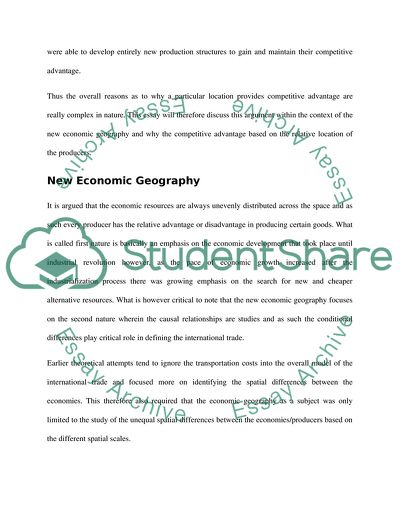Cite this document
(New Economic Geography Research Paper Example | Topics and Well Written Essays - 2500 words, n.d.)
New Economic Geography Research Paper Example | Topics and Well Written Essays - 2500 words. Retrieved from https://studentshare.org/macro-microeconomics/1732081-the-reasons-why-particular-locations-develop-a-competitive-advantage-in-the-production-of-particular-type-of-goods-are-complex-discuss
New Economic Geography Research Paper Example | Topics and Well Written Essays - 2500 words. Retrieved from https://studentshare.org/macro-microeconomics/1732081-the-reasons-why-particular-locations-develop-a-competitive-advantage-in-the-production-of-particular-type-of-goods-are-complex-discuss
(New Economic Geography Research Paper Example | Topics and Well Written Essays - 2500 Words)
New Economic Geography Research Paper Example | Topics and Well Written Essays - 2500 Words. https://studentshare.org/macro-microeconomics/1732081-the-reasons-why-particular-locations-develop-a-competitive-advantage-in-the-production-of-particular-type-of-goods-are-complex-discuss.
New Economic Geography Research Paper Example | Topics and Well Written Essays - 2500 Words. https://studentshare.org/macro-microeconomics/1732081-the-reasons-why-particular-locations-develop-a-competitive-advantage-in-the-production-of-particular-type-of-goods-are-complex-discuss.
“New Economic Geography Research Paper Example | Topics and Well Written Essays - 2500 Words”, n.d. https://studentshare.org/macro-microeconomics/1732081-the-reasons-why-particular-locations-develop-a-competitive-advantage-in-the-production-of-particular-type-of-goods-are-complex-discuss.


